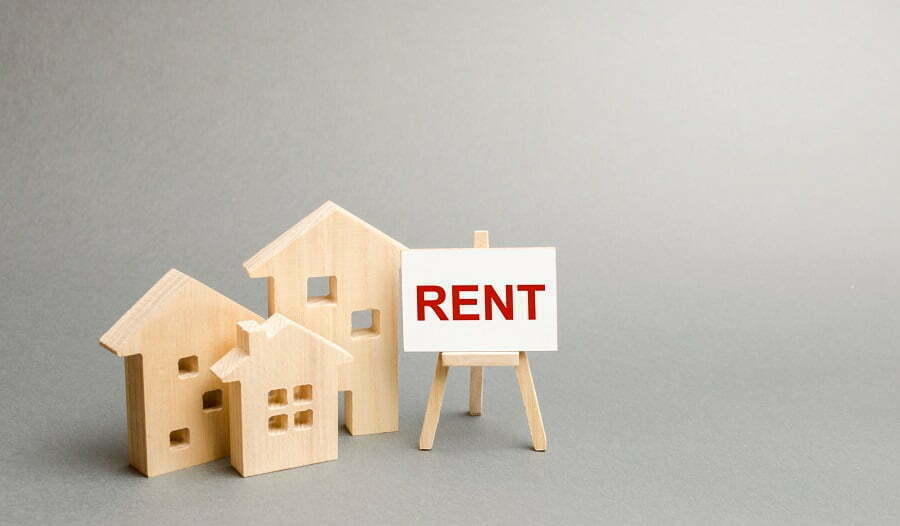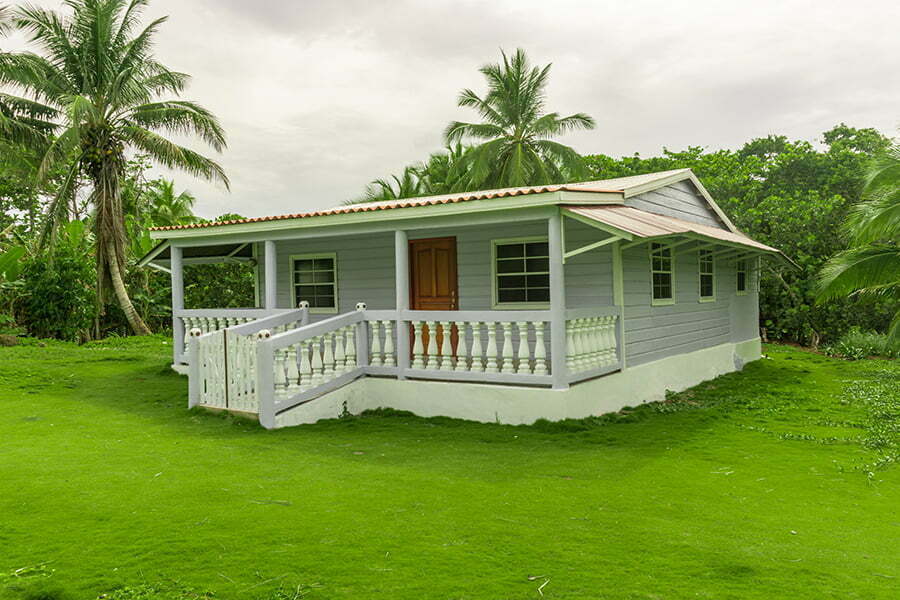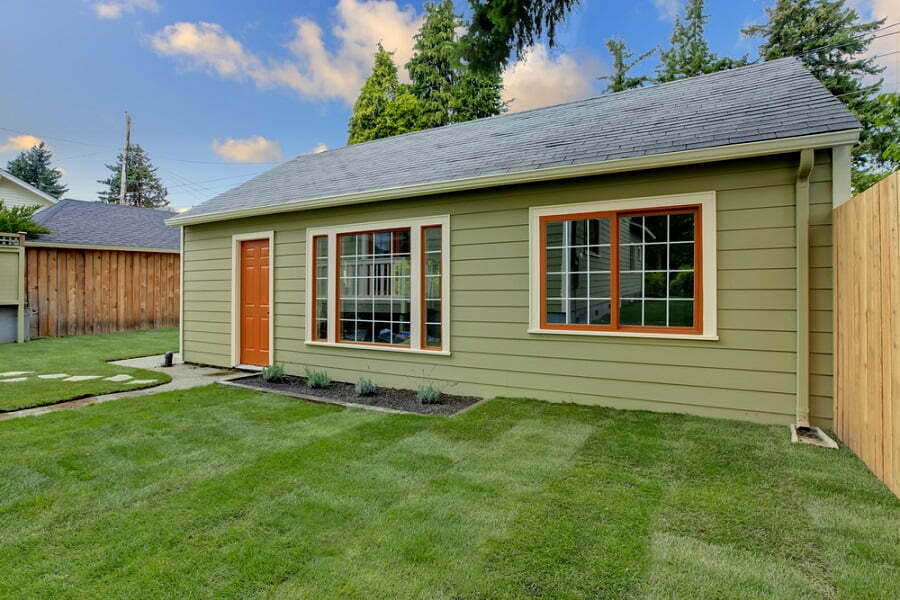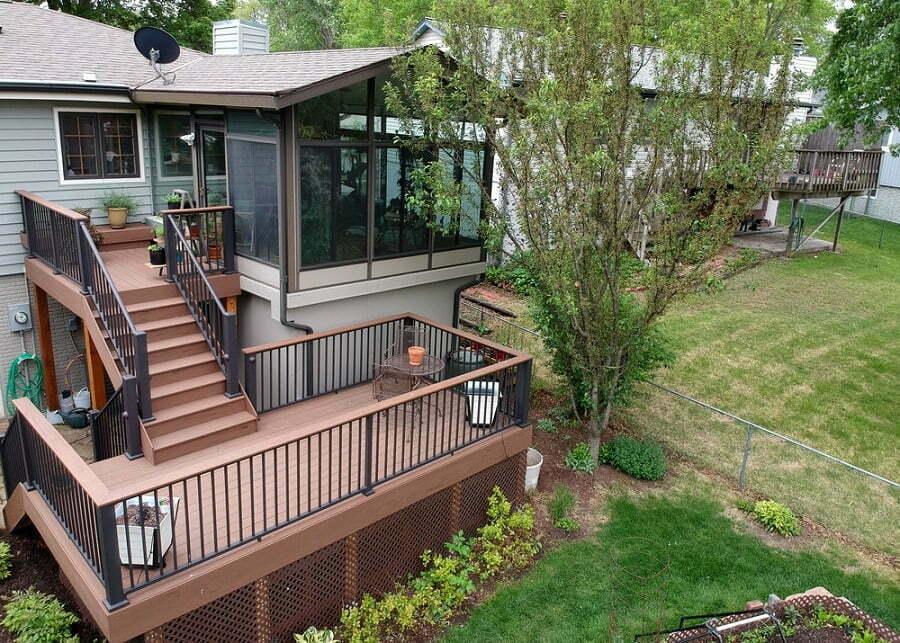Last updated on
You can rent out prefab homes just like you would traditional homes. The ROI you get will depend on the prefab’s type, location, and other factors. Read on to learn all about them.
How much you can get for renting out a prefab and if it’s a good idea depends on most of the same factors as renting out traditional housing. There are a few key moments that make it different, though.
We’ll go into greater depth about these differences and the advantages of prefab rentals. There are some caveats as well (especially regarding mobile homes.)
Types of Prefab Renting Arrangements

When investing in prefab home rentals, you need to understand the different types of renting arrangements in existence. Tenants can rent a piece of land and buy a prefab home installed on that land. It is also possible to buy land and rent a prefab home.
However, the most common option is to rent a prefab home sitting on a piece of land as a packaged deal. Each of these renting arrangements has pros and cons. If you own land, you can earn an income from renting out the piece of land to paying tenants. If you buy land and install a prefab home, you can rent it to paying tenants and generate a decent income from the rent.
The Pros and Cons of Renting Out Prefab Homes
There are many benefits of owning a prefab home. You can get a higher return on investment for starters because prefab homes cost 20% to 40% less to build than site-built homes. However, there is very little difference in the rent collected compared to similar-sized site-built homes.
Secondly, prefab homes take a shorter period to build, a few weeks compared to the almost one year it takes to build a traditional home. This means that you can start earning an income and paying off any loans to finance the construction. Thirdly, prefab homes are attractive to renters because they are safer as they are built under the strict supervision of industry regulators. Every prefab home you see out there meets strict building code regulations.
Unfortunately, there is still some stigma associated with prefab homes. This makes prefab homes less attractive than traditional homes. This can be seen in the rental income generated by prefab homes. Things have changed while they were built as temporary shelters post-war. The modern prefabricated home is durable, energy-efficient, stylish, and just as good as site-built homes.
Secondly, renters usually shy away from older prefab homes as many of them usually have issues caused by poor maintenance. This means that with time, rental income may reduce. Please note that prefab homes need proper care and routine maintenance, but tenants are less likely to take good care of your property so the prefab may deteriorate over time.
Renting Out Prefab Homes as an Investment Strategy
Buying and renting out a prefab home is a wonderful investment idea because you can start earning an income within a short period of time. You will also spend less money to install the prefab home as they can cost as much as 40% less than traditional homes.
However, you can only get decent returns on your investment if you carefully screen tenants to ensure only responsible tenants rent the property. Secondly, you’ll need to perform routine maintenance and carry out any repairs immediately.
Before ordering a prefab home, you need to consult local real estate agents to learn about the local real estate market because you’d like to buy something that will enjoy 100% occupancy throughout the year.
Renting Prefab Homes by Type
There are many types of prefab homes you can buy and rent out. The most popular are kit homes, panelized homes, modular homes, mobile homes, and structural insulated panel homes. As an investor, you can put up these homes on suitable pieces of land and rent them out to different tenants.
Modular Homes
Modular homes are usually supplied almost complete in modules. In fact, some units are usually come fully assembled from the factory. Larger units may come in modules or boxes assembled at the factory, with the kitchen fully furnished. Other sections can be added on site.
Modular homes have many benefits. For instance, if you want to install the home in an area known to have high labor costs, assembling the prefab home at the factory can lower costs.
Modular homes are usually high-quality houses that can attract the same rent as traditional homes, if not higher.
Kit Homes
These homes are usually manufactured at the factory, with the different sections being numbered and sent to the construction site. Modern kit homes are efficient, elaborate, and more sophisticated than they used to be.
Renting a kit home might not be an attractive option unless it is professionally built and looks like a real home.
Prefab Cabins
Many people like residing in the countryside. You can take advantage of this opportunity by putting up prefab cabins in suitable locations. You can rent them out to tourists and locals.
Mobile Homes
A mobile home is a prefab home that does not stand on a permanent foundation. Other prefabs usually stand on concrete or wooden foundations, but mobile homes can be moved. A mobile home can sit on private property on its own or in a mobile home park. In the latter case, you will need to pay rent for the land where the mobile home is located.
You can then rent out the mobile home to interest parties. Campers, tourists, students, and low-income households can find mobile homes very useful.
Is a Mobile Home Considered Real Estate?
A mobile home is considered personal property, similar to a car, and is registered with the DMV. It is not considered real estate because it is not affixed to the land. However, a mobile home can be considered real estate if attached to a permanent foundation.
The mobile homeowner must also own the land on which the mobile home sits. In addition to that, proper registration and titling must be done. The mobile home must also be at least 400 square feet in size to comply with the HUD requirements for a dwelling.
How Mobile Home Investing Works
Investing in mobile homes is one of the best real estate investment ideas you can think of. First, the capital needed is quite low, so it is possible to invest in multiple mobile homes simultaneously. You will need to identify suitable land and establish a mobile home park. Secondly, you’ll need to buy several mobile homes and rent them out to paying tenants. Ensure you understand HUD codes to ensure you do not violate any law.
The caveat is that mobile homes don’t appreciate in real estate value. Their maintenance costs are high as well.
Lot Rent
When you buy a mobile home, you will need an empty lot to park it before renting the mobile home. Many mobile home parks with empty lots around the country, so you need to shop around to find the perfect lot for your target market.
Rental Agreements
Once the mobile home is in place and ready for occupation, you must prepare a mobile home rental agreement. You can print a standard rental agreement online, or you can prepare your own. However, the agreement must include tenant and landlord information, premises details, rent to be paid, security deposit, and mobile home guidelines.
Monthly Rent
You should charge a monthly rent based on the area of the mobile home and the number of occupants. The average cost of renting a mobile home ranges from $100 to $200 per month, depending on the location, amenities, and the mortgage rate you can get. To attract more customers, you can offer discounts for longer rentals.
Utility Charges
The consumer usually pays electricity, water, and gas charges. Be sure to choose a lot with all the utilities on-site to ensure your tenants will not be inconvenienced.
FAQ
Renting out modular homes is as good an investment strategy as renting out any property. Even better, the lower cost of building it means better ROI.
Whether you can build a prefab home in any specific location depends on the local building codes. Once it’s built, you can rent it out.
Table of Contents

![How Much Does an ADU Cost? [Solved]](https://buildgreennh.com/wp-content/uploads/2022/08/ADU-Tax-Deductions-and-Benefits.jpg)
![How to Build an ADU? [Step-by-Step]](https://buildgreennh.com/wp-content/uploads/2022/08/Why-Are-You-Building-an-ADU.jpg)

